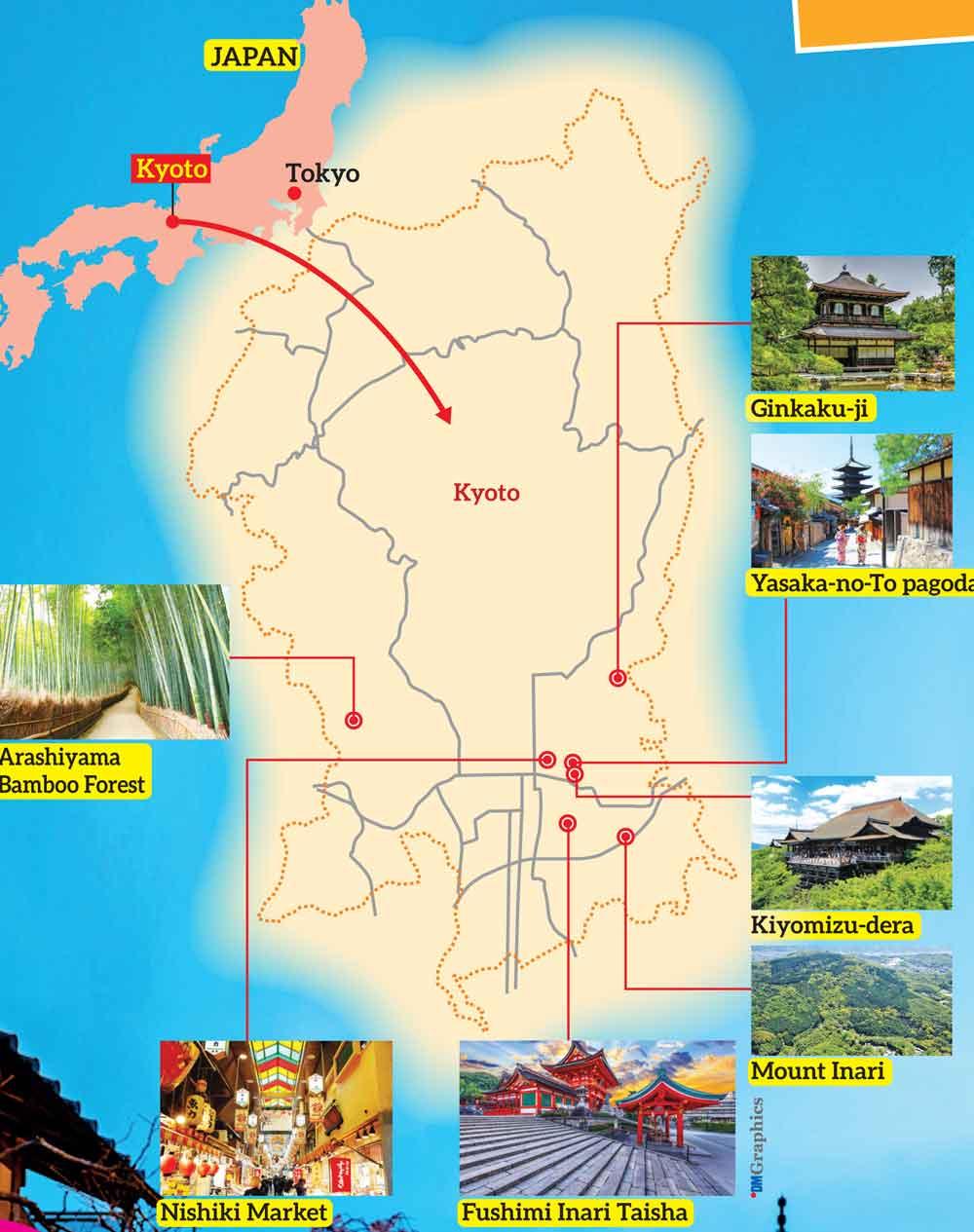
Not to be confused with Sofia Richie's version of 'quiet luxury’, Kyoto's interpretation lies in the thoughtful elevation of the everyday
Kyoto remains unchanged; intentional, reflective, and timeless
Kyoto has an air of mystery. Once the imperial capital of Japan, much of Kyoto’s pre-war architecture still exists as it was spared from the large-scale destruction of World War II. You might feel as though you’ve slipped through time as you weave through tight alleyways lined by wooden (machiya) townhouses and pass girls wearing kimonos. After spending a few days under Tokyo’s neon glow and non-stop movement, Kyoto’s gentler pace will be a welcome respite. Here, tradition and history echo even in the most modern corners. As you explore the city, it becomes apparent that Kyoto is in constant contradiction, but it all feels deliberate.
The City of (Almost) 10,000 Shrines
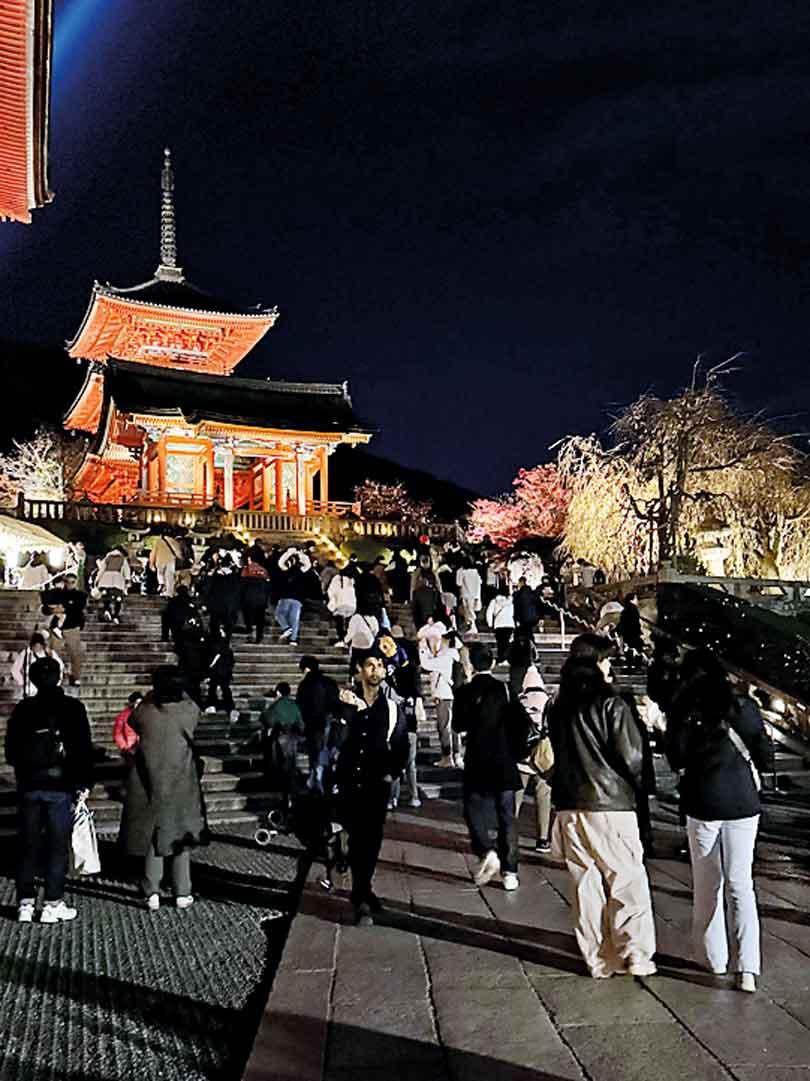
Although Kyoto may not have 10,000 shrines, it certainly feels like it. Fushimi Inari Taisha, Kyoto’s most iconic Shinto shrine, is famous for its thousands of vermilion torii gates, each inscribed with a wish. The gates snake up Mount Inari, leading to a shrine dedicated to the god of rice and prosperity. Ginkaku-ji, on the other hand, is minimalistic. The Silver Pavilion was originally a retirement villa for a shogun. It features raked sand gardens, and mossy surroundings that reflect the “wabi-sabi” aesthetic, the Japanese philosophy of embracing impermanence. In the heart of Kyoto’s Gion district is the elegant five-story Yasaka-no-To pagoda and the Kiyomizu-dera. The latter is a Buddhist temple and UNESCO World Heritage Site, and in autumn, you’re treated to stunning views of a valley of blazing red and gold maple leaves.
The city’s spiritual and architectural heritage is beautifully embodied in its Buddhist temples and Shinto shrines, which have been built with nature and their surroundings in mind. Over the centuries, these ancient sites withstood wars and natural disasters, and now they coexist with modern architecture. The perfect example of this is the glitzy K36 Rooftop Bar, which offers stunning views of the city and the Kiyomizu-dera that you can enjoy with a
G&T in hand.
A Legacy of Craftsmanship
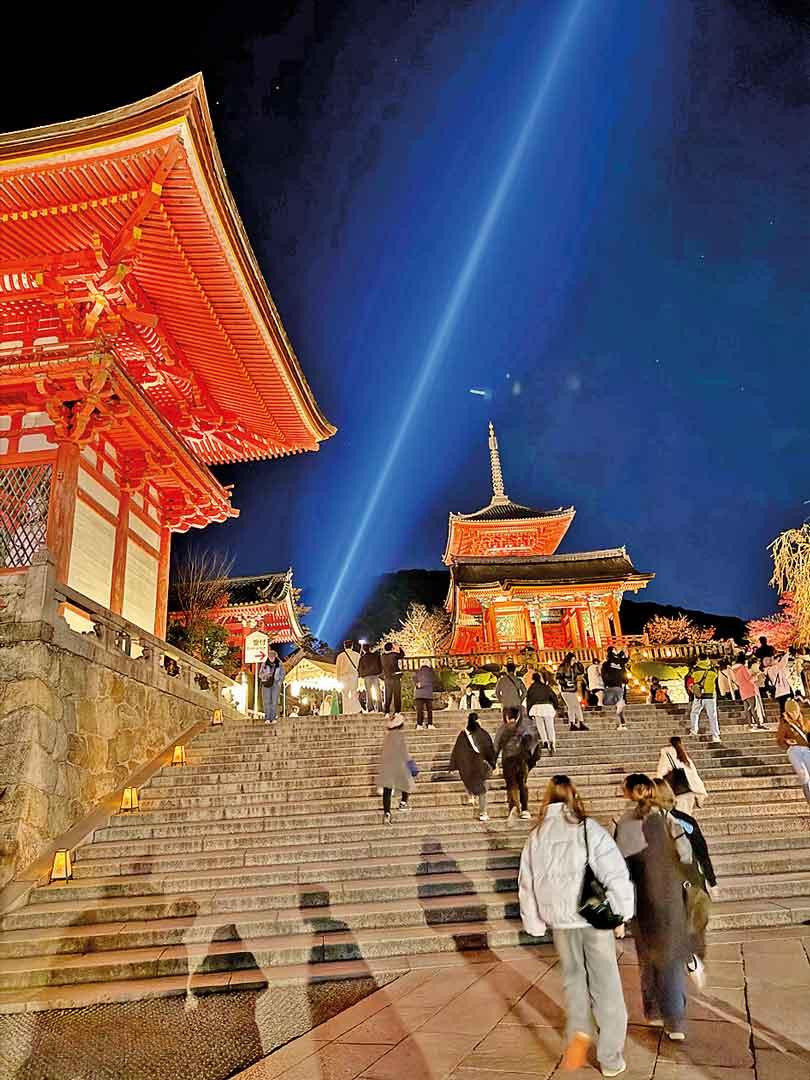
Kyoto is Japan’s cultural capital. From its inception, the city has attracted craftspeople and artisans from across the country. Members of the imperial court were both patrons and practitioners, and their 1,000-year reign helped nurture everything from nishijin textiles to kyo-yaki pottery. Many workshops in the machiya townhouses are still run by descendants of those original artisans, and you can learn from this new generation of masters.
One tradition that particularly stood out to me was the craft of knife-making. Once swordsmiths for samurai, Kyoto’s metalworkers had to reinvent themselves after the 1876 Sword Abolishment Act, the Meiji government’s attempt to defang the samurai class. One such legacy is Aritsugu, a famed knifemaker whose shop in Nishiki Market still sells blades forged with ancestral skill.
What’s inspiring is how these “crafts” are evolving. Today’s artisans might hand-dye kimono fabrics with age-old techniques but design them with modern silhouettes. Or even how startups like Mui Labs are using Kyoto’s philosophy of restraint and elegance to create “calm technology” for smart homes, and this is all unfolding just steps away from centuries-old temples.
A Unique Take on Quiet Luxury
Not to be confused with Sofia Richie’s version of ‘quiet luxury’, Kyoto’s interpretation lies in the thoughtful elevation of the everyday. Take, for instance, the obanzai style of cooking. Made up of small plates using seasonal ingredients produced in Kyoto, this style is native to the region. Obanzai is now on UNESCO’s list of Intangible Cultural Heritage. Unlike the kaiseki cooking with its multiple courses, obanzai is regarded as homely or commonplace. However, each small plate has been carefully curated, so that all together it looks like a work of art.
This level of detail appears everywhere. Whether it’s an intricately plated feast at a ryokan or a humble onigiri from a convenience store (carefully wrapped to keep the seaweed crisp), every detail in Kyoto feels intentional and luxurious.
Peace Amidst the Chaos
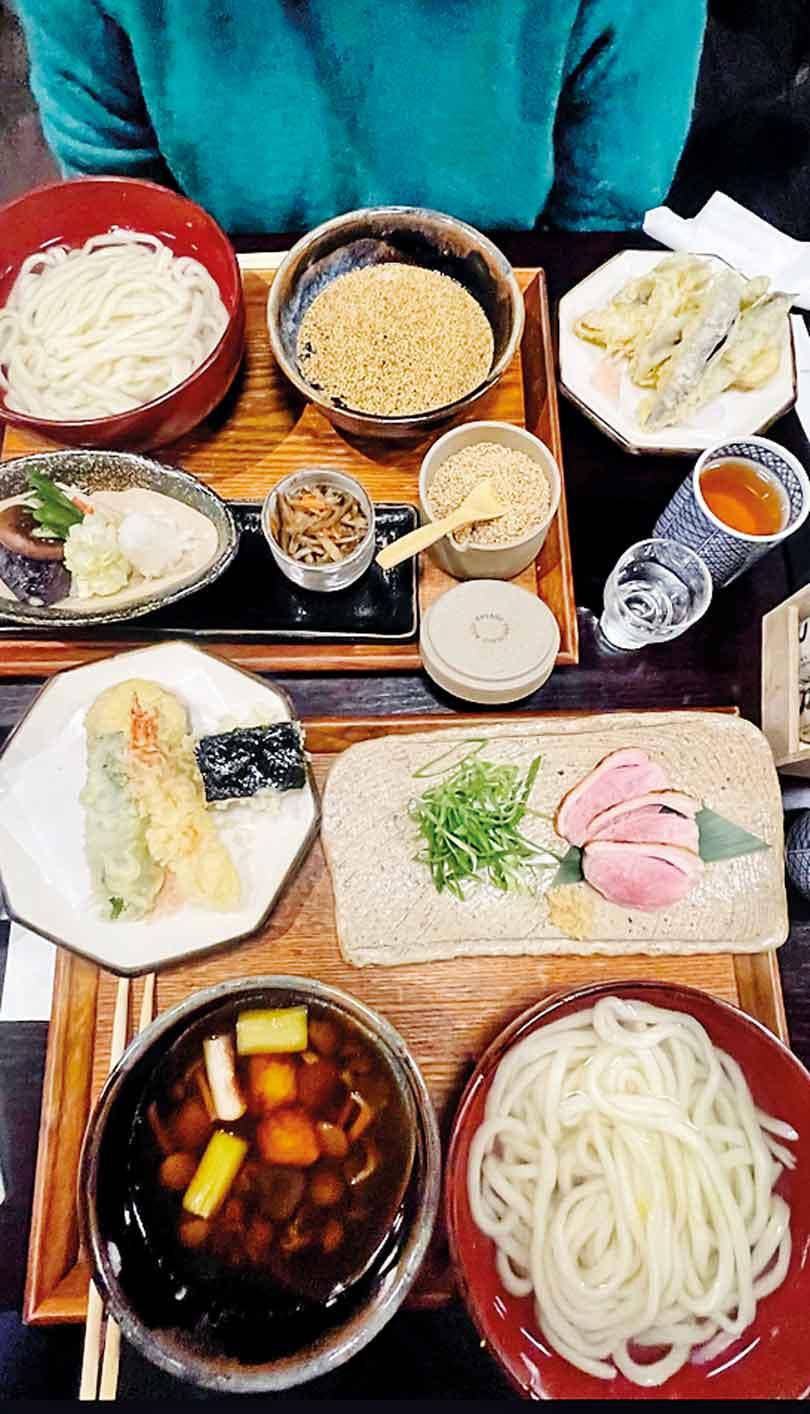
This is going to be very ironic coming from me, but tourists are the only downside to Kyoto. At popular sites like Fushimi Inari or the Arashiyama Bamboo Forest, you’ll often find yourself shoulder to shoulder in a sea of people. Selfie sticks poke out from crowds, and there’ll be a traffic jam as an influencer stops the crowd from walking so that they can get that perfect shot. The magic of the city can get drowned out. However, you can find pockets of peace within this chaos. A few steps away from the main path, and suddenly you’re walking alone past burbling brooks with overhanging trees and exploring Kyoto suburbs without a soul in sight. It’s these quiet corners that allow you to slow down and enjoy the city even more.
Kyoto is a Paradox
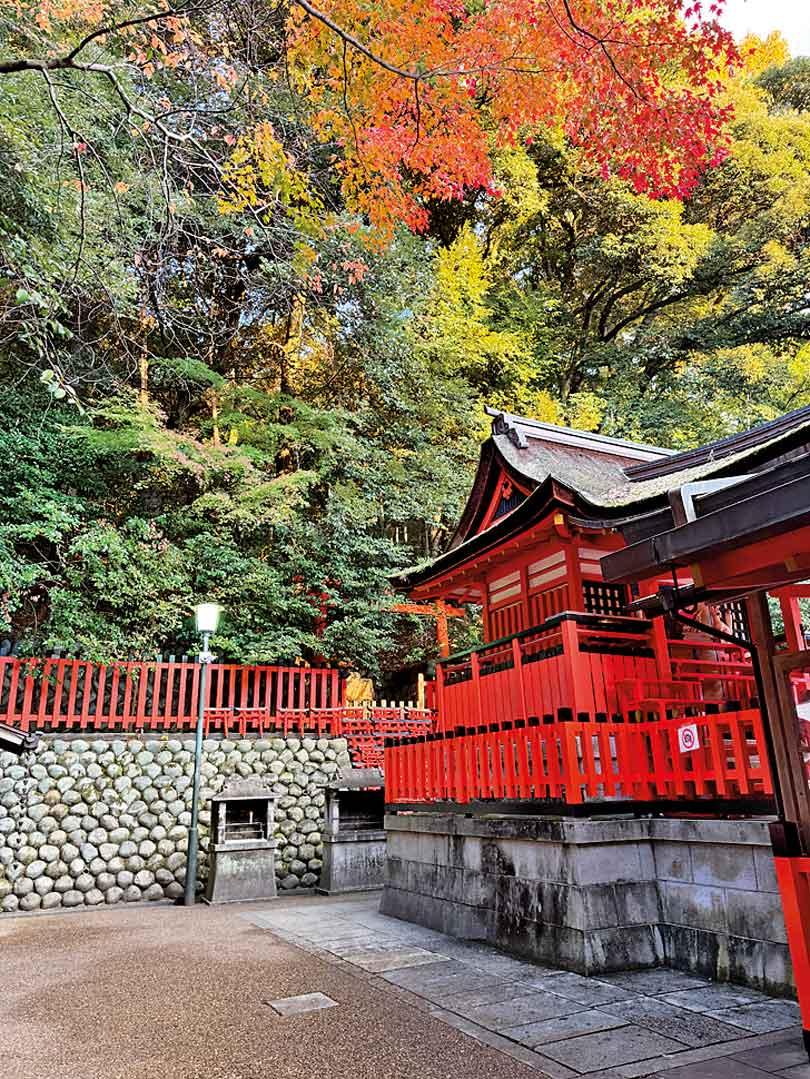

Kyoto is old yet modern, serene yet vibrant, grand yet humble. These contradictions don’t compete; they coexist. Through all its transformations, the essence of Kyoto remains unchanged; intentional, reflective, and timeless.











